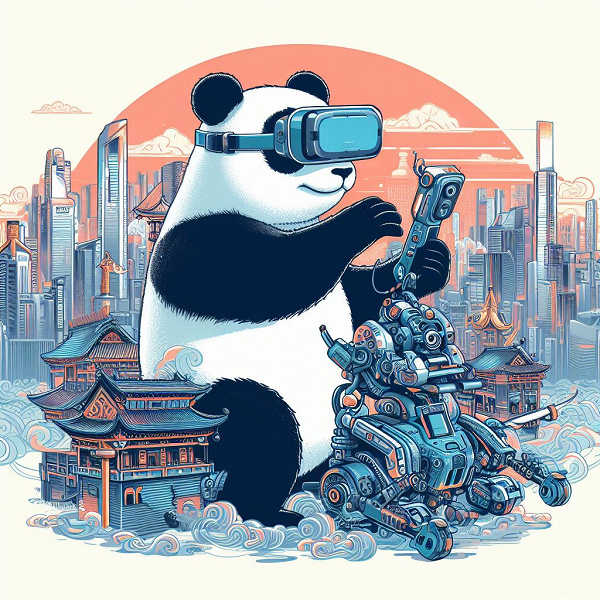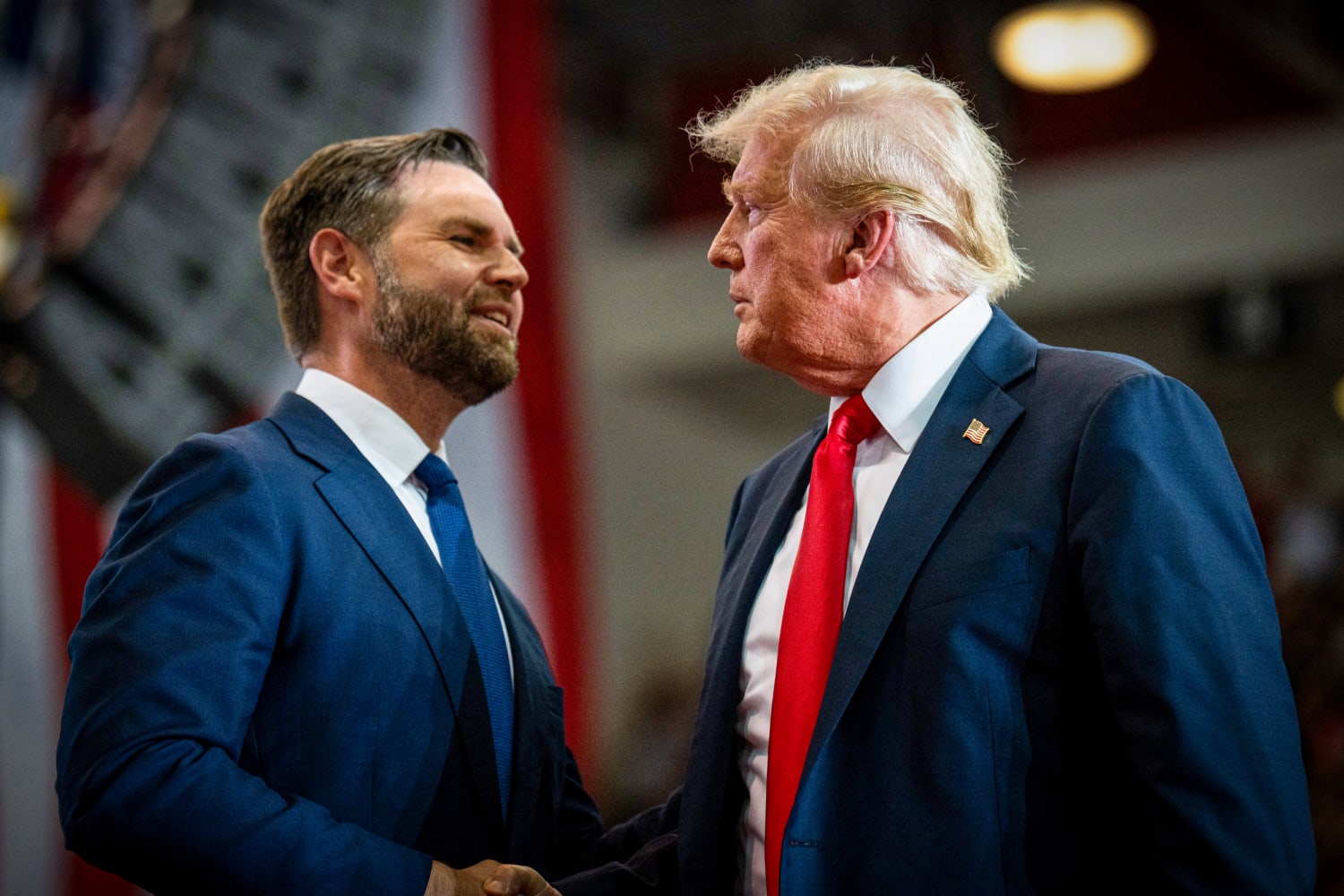The number of CUDA cores in gaming Ampere turned out to be much higher than expected: more than 10 thousand for the GeForce RTX 3090
After the presentation of the new generation gaming video cards, NVIDIA published on its website lists of their characteristics. And here she amazed no less than statements about the colossal performance of new products. It turned out that the GeForce RTX 30-series accelerators have just a huge number of CUDA cores.








